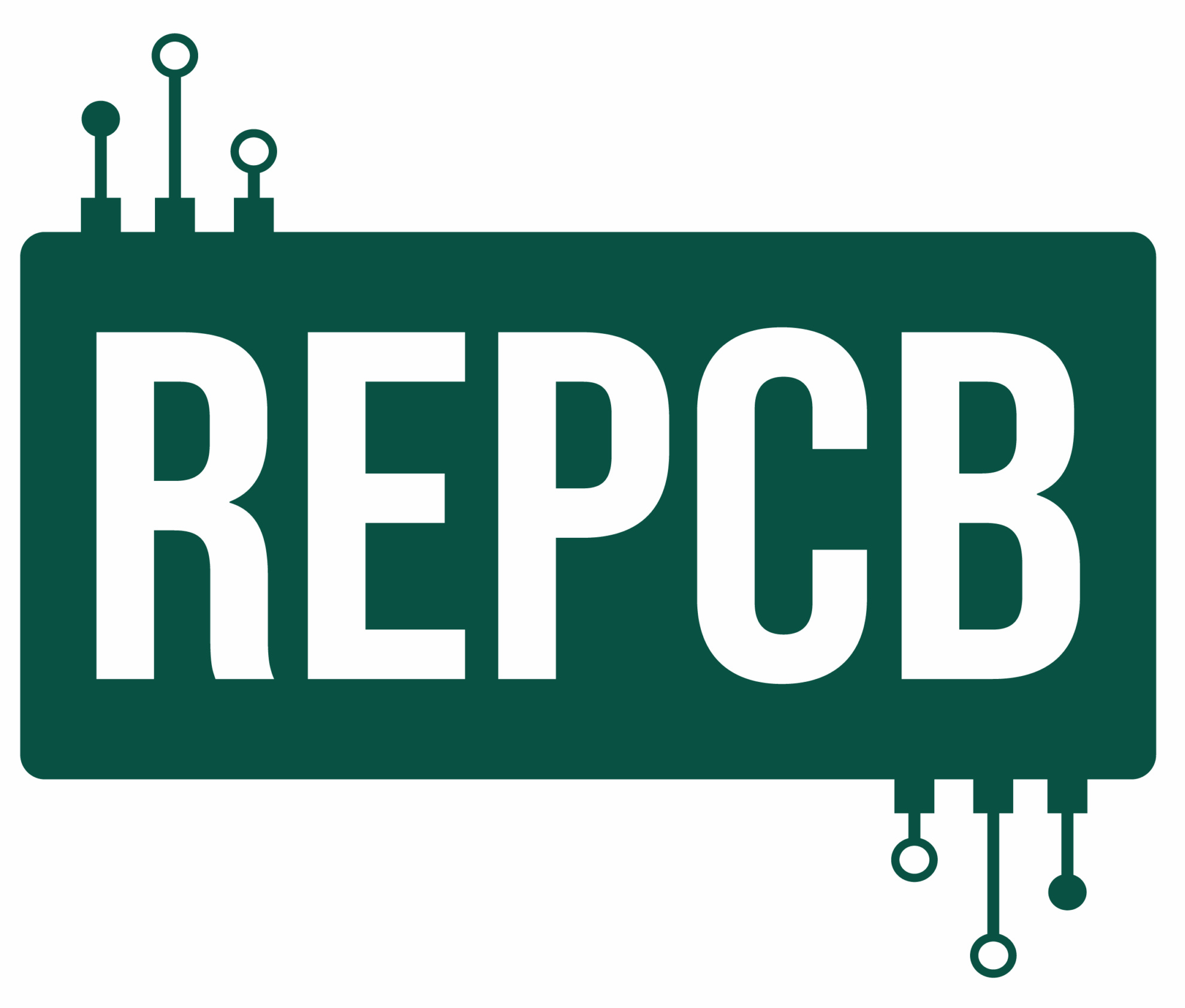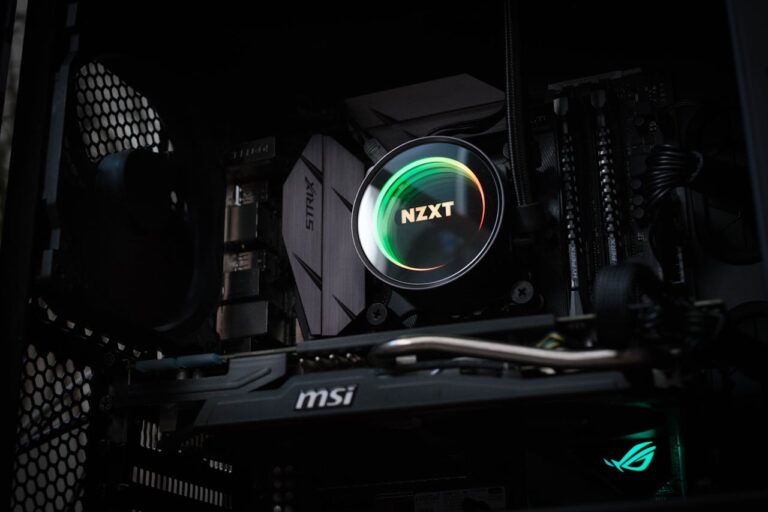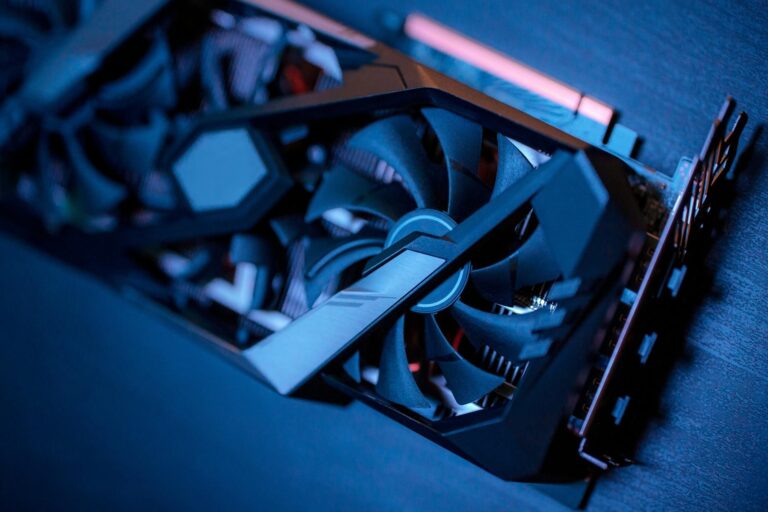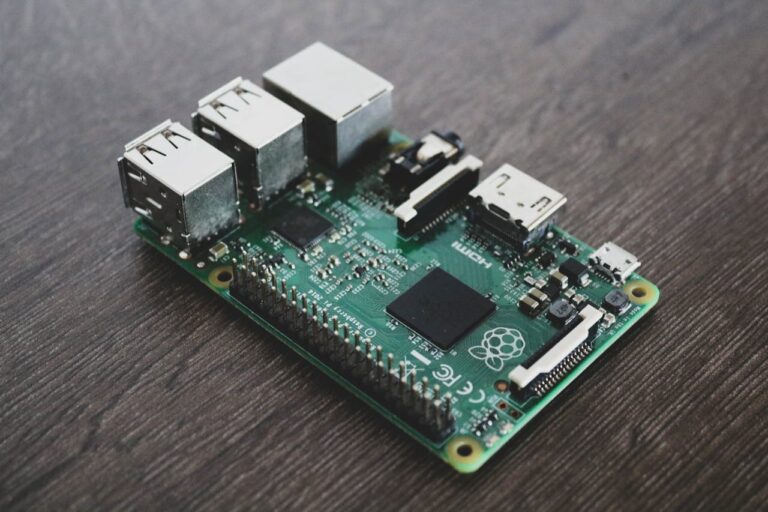Key Takeaways...
- The motherboard is the central PCB that connects and allows communication between all computer components.
- It provides sockets, slots, and connectors for the CPU, RAM, storage, and peripherals.
- The chipset on the motherboard manages data flow and device communication.
- BIOS/UEFI firmware stored on the motherboard controls hardware startup and configuration.
The motherboard is often described as the “heart” or “backbone” of a computer. It’s a critical component that connects and allows communication between all the other parts of a computer system. Whether in a personal laptop, a business server, or an industrial machine, the motherboard plays a vital role in ensuring everything functions smoothly.
In this article, we explore the purpose and functions of a motherboard, how it fits into computer architecture, and why understanding this component is important—especially when it comes to disposal and recycling.
What Is a Motherboard?
A motherboard is a large printed circuit board (PCB) that houses the computer’s main components and provides connectors for other peripherals. It acts as the central hub through which the processor (CPU), memory (RAM), storage devices, and input/output devices communicate.
The motherboard contains a network of circuits, slots, and sockets, allowing each component to interface with others efficiently. Without it, none of the parts of a computer could work together.
Key Functions of a Motherboard
1. Connecting Hardware Components
The motherboard provides slots and sockets for essential hardware components:
- CPU Socket: Holds the central processing unit, the brain of the computer.
- RAM Slots: Where memory modules are inserted.
- Expansion Slots: For graphics cards, sound cards, or network cards.
- Storage Connectors: For hard drives and SSDs, typically using SATA or NVMe connections.
- Power Connectors: To distribute power from the power supply unit to components.
2. Facilitating Communication
Motherboards contain a chipset, a set of integrated circuits that manage data flow between the CPU, memory, and peripherals. The chipset ensures that commands and data are correctly routed across the system.
It also manages communication buses such as PCIe (Peripheral Component Interconnect Express) and USB (Universal Serial Bus), which connect various devices and expansion cards.
3. Providing BIOS/UEFI Firmware
The motherboard houses firmware called BIOS (Basic Input/Output System) or its modern successor UEFI (Unified Extensible Firmware Interface). This firmware initiates hardware during startup and provides a set of low-level controls for system configuration.
4. Power Regulation
Motherboards regulate the power supply to the CPU and other components, ensuring stable and reliable operation.
Why the Motherboard Is Important for Recycling
Because the motherboard contains a variety of metals, including copper, gold, and sometimes rare earth elements, it is an important target for electronic waste recycling. Recovering these materials helps reduce environmental impact and supports sustainable manufacturing practices.
Recycling motherboards also ensures that hazardous materials, such as lead and other heavy metals found in some components, are safely disposed of.
At RePCB, we offer responsible motherboard recycling services for businesses across the UK, recovering valuable materials while complying with environmental regulations.



